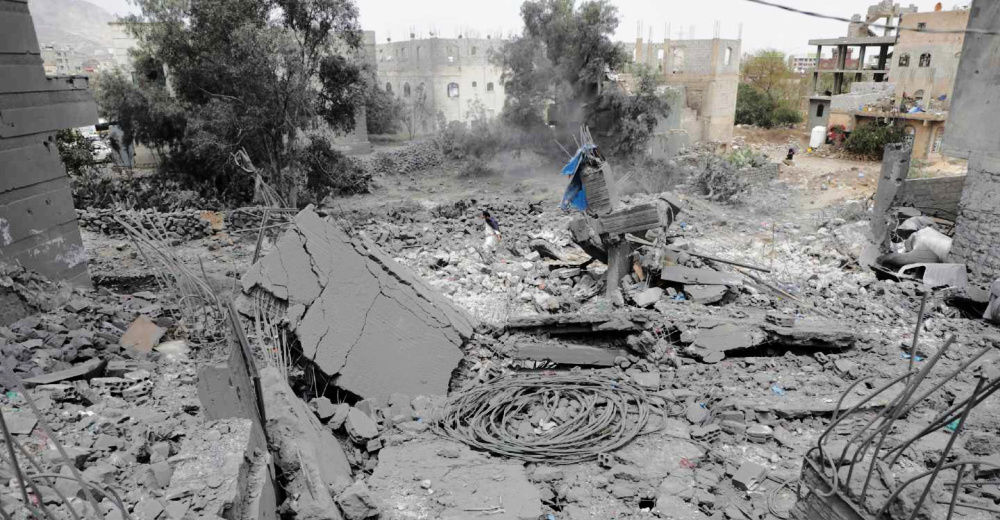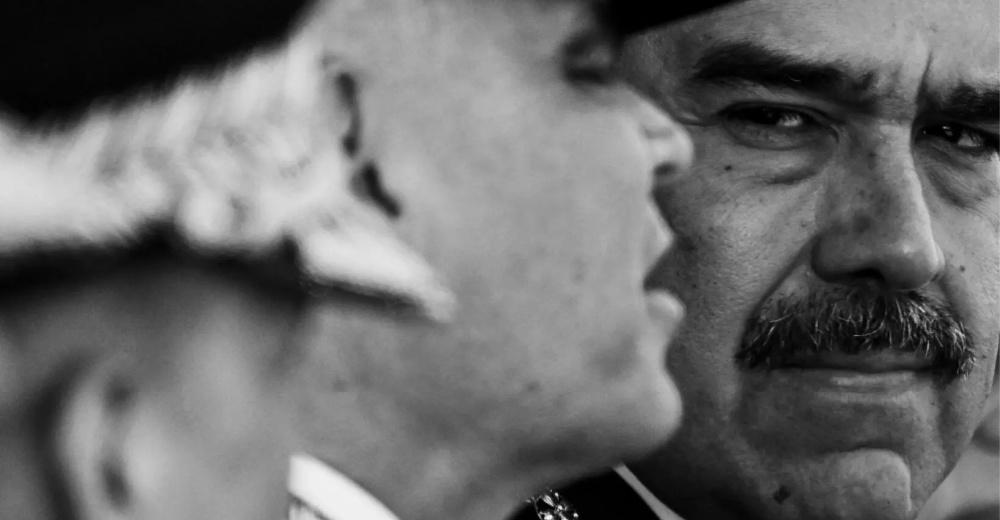Jeffrey Stein on Trump’s Boat Attacks, Katya Schwenk on AI Surveillance Pricing — FAIR
Corporate reporters scratch their heads over how this bombing campaign might be legal, rather than discussing what tools can respond to wildly illegal actions.| FAIR




